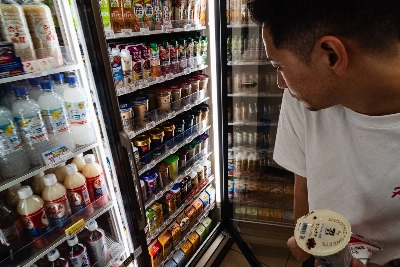Japan's National Consumers Affairs Center is raising an alert over unexpected cash-on-delivery goods.
In fiscal 2024 through March this year, the NCAC received inquiries and gave advice on problems associated with cash-on-delivery services, such as paying for delivered goods they did not order, in a record 14,013 cases, of which 66% originated from online advertisements.
In the current year, 4,498 such cases had already been reported to the center as of the end of June, roughly tripling from a year earlier.
In a case, a woman in her 40s found a pair of luxury sneakers made of genuine leather sold at some ¥30,000, which represented a discount of over 50%, on a website she was directed to by a social media ad and made a cash-on-delivery order. After paying, she saw fake, artificial leather sneakers in the box and sought the center's advice on how to get a refund in April.
Meanwhile, a man in his 50s ordered a cash-on-delivery golden lantern via a website advertised on a video streaming service. However, a black lantern was delivered. He made phone calls to a product replacement center specified on the invoice, but the line was always busy. The parcel delivery firm told him that it did not know the ship-from address. He eventually asked the NCAC for help in May.
According to the consumer affairs center, the involvement of multiple businesses in cash-on-delivery makes replacement and compensation difficult.
To avoid problems, customers need to check whether correct contacts are posted on the sellers' websites while gathering information on authentic products they are buying by visiting official sites of those products' makers before placing cash-on-delivery orders, experts say.
"If you feel something fishy, even just a little bit, don't order it," an NCAC official said.

















With your current subscription plan you can comment on stories. However, before writing your first comment, please create a display name in the Profile section of your subscriber account page.